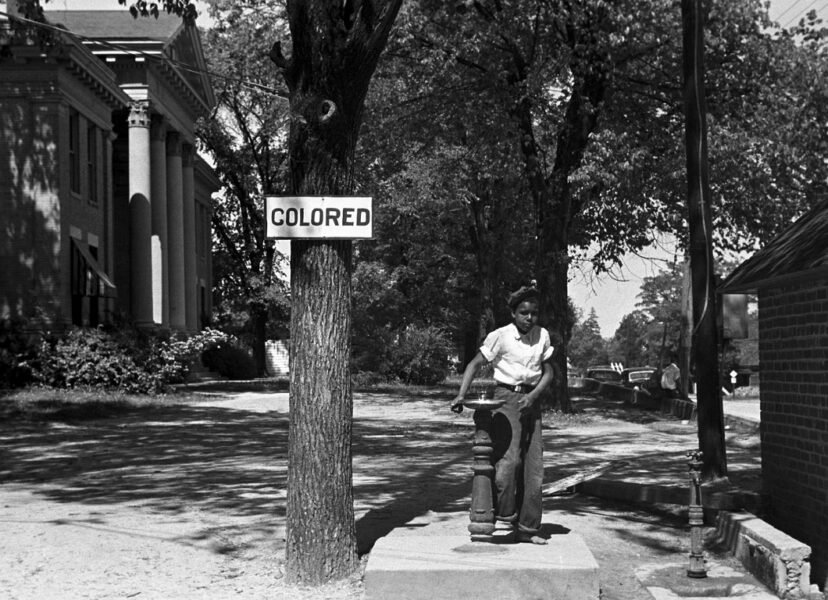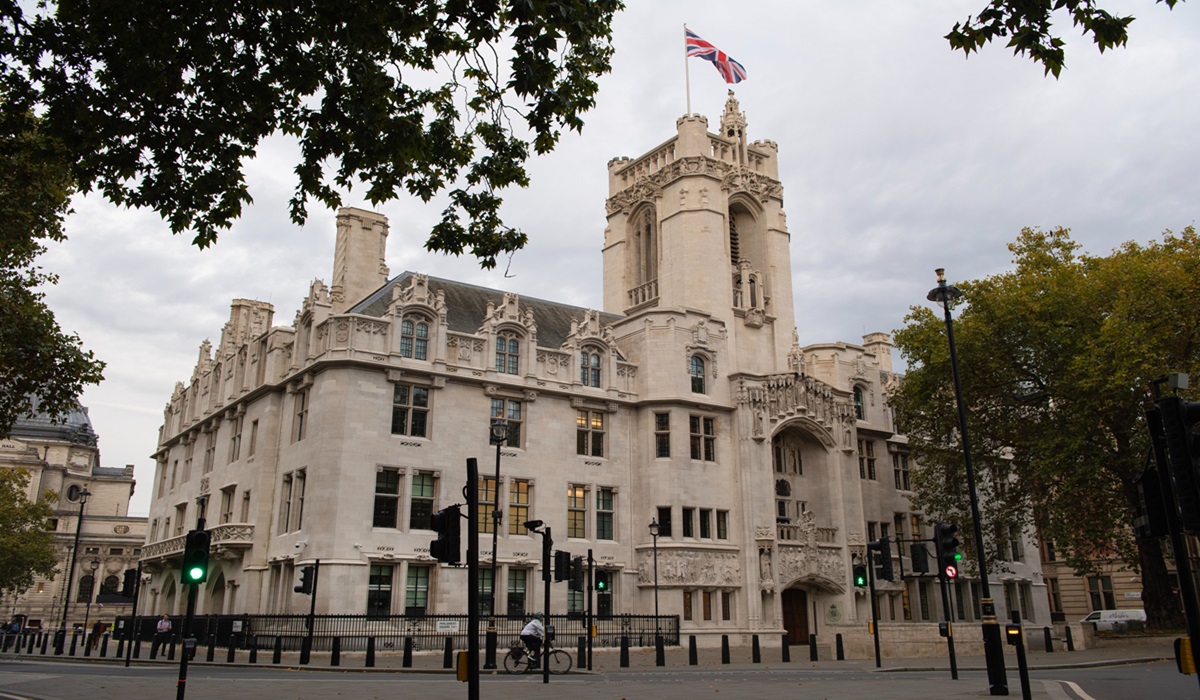The Perpetuation of Housing Discrimination Through Redlining in America
- TDS News
- Breaking News
- Midwest USA
- Southern USA
- U.S.A
- April 24, 2023

Redlining is a term that has become increasingly common in discussions of racial inequality and social justice in America. It refers to the practice of denying loans, insurance, and other financial services to people based on the racial or ethnic makeup of the neighbourhood in which they live. This practice has a long and disturbing history in the United States and is still prevalent today.
Redlining is rooted in the Federal Housing Administration (FHA) policies, established in 1934 as part of President Franklin D. Roosevelt’s New Deal. The FHA’s mandate was to provide federal mortgage insurance to homeowners and homebuyers to increase homeownership rates and stimulate economic growth. However, the FHA’s policies had a discriminatory impact on African Americans and other people of colour.
Under the FHA’s guidelines, mortgage lenders were not allowed to approve loans for homes in neighbourhoods deemed “hazardous” or “undesirable” by the agency’s appraisers. These neighbourhoods were typically those with high concentrations of African American residents and other minority groups. The FHA appraisers relied on a system of racial classifications known as “residential security maps” to determine which neighbourhoods were eligible for federal mortgage insurance.
These maps were colour-coded, with green areas designated as “desirable” and red areas designated as “hazardous.” Redlining became the term used to describe the practice of refusing to provide loans and insurance in redlined areas. The result was that people in these neighbourhoods were unable to buy homes or improve their existing homes, which meant that their property values remained low, and they were unable to build wealth.
The FHA’s redlining policies were not limited to African American neighbourhoods. They also discriminated against other minority groups, including Latinos and Asian Americans. However, the impact on African American communities was particularly severe, as they were more likely to live in the neighbourhoods that were designated as hazardous.
Redlining was not limited to the FHA’s policies. Private lenders also engaged in the practice, using the FHA’s guidelines to justify their discriminatory lending practices. This led to a situation where entire neighbourhoods were denied credit access, perpetuating poverty and segregation.
The effects of redlining were exacerbated by the Federal Aid Highway Act of 1956, which provided federal funding for the construction of highways across the country. The highways were often built through African American neighbourhoods, which led to the destruction of homes, churches, and businesses. This was done under the guise of “urban renewal” and “slum clearance,” but it was a deliberate effort to destroy thriving African American communities.
Highways were built through black neighbourhoods in St. Paul, Minnesota; Miami, Florida; Detroit, Michigan; New York City, New York; New Orleans, Louisiana; and many other cities across the country. These highways destroyed homes and businesses and cut off neighbourhoods from the rest of the city, making it difficult for residents to access jobs, schools, and other essential services.
The impact of redlining and highway construction is still felt today. Many of the redlined and destroyed neighbourhoods are still struggling with poverty, crime, and social inequality. The lack of access to credit and other financial services has made it difficult for residents to build wealth and improve their living conditions.
In 2021, President Joe Biden announced a plan to allocate $20 billion from the federal budget to reconnect neighbourhoods that were cut off by highway construction. This is a step in the right direction, but it is unclear how much of an impact it will have on the communities that have been impacted by redlining and highway construction.
It is important to understand that redlining is not just a historical artifact but an ongoing problem. Today, people of colour still face discrimination in housing, banking, and other financial services. Although redlining is technically illegal, studies have shown that it continues to occur subtly and insidiously. For example, lenders may deny loans to people based on their credit scores or other factors that are disproportionately affected by systemic racism.
Another way that redlining persists is through the phenomenon of “reverse redlining.” This occurs when lenders target communities of colour with predatory loans, such as subprime mortgages, which have higher interest rates and less favourable terms than conventional mortgages. This can lead to a debt and foreclosure cycle, further exacerbating the economic and social problems in these neighbourhoods.
Redlining is also intertwined with the broader issue of structural racism. The legacy of slavery, segregation, and discrimination has created a system of inequality that is difficult to overcome. People of colour are more likely to live in neighbourhoods with inadequate infrastructure, poor schools, and environmental hazards. They are also more likely to experience health problems, unemployment, and poverty.
Addressing the problem of redlining and structural racism requires a multi-faceted approach. It requires policy changes at the federal and state level, as well as changes in the practices of private lenders and financial institutions. It also requires a broader shift in societal attitudes toward race and inequality.
One way to address the problem of redlining is through community development. This involves investing in neighbourhoods that have been historically neglected or redlined in order to create new economic opportunities and improve the quality of life for residents. Community development can include initiatives such as affordable housing, small business loans, and job training programs.
Another way to address the problem of redlining is through education and awareness. It is important to educate people about the history and impact of redlining so that they can understand the structural inequalities that exist in our society. This includes educating policymakers, lenders, and the general public about the ways in which redlining continues to perpetuate inequality.
Finally, addressing the problem of redlining requires a commitment to social justice and racial equity. This means acknowledging the harm that has been done in the past and working to repair the damage that has been done. It means investing in communities of colour and providing them with the resources and opportunities they need to thrive.
The history of redlining in America is a dark and troubling one. It is a legacy of discrimination and inequality that has had lasting effects on our society. Although redlining is technically illegal, it continues to occur in subtle and insidious ways. Addressing the problem of redlining requires a multi-faceted approach, including policy changes, community development, education and awareness, and a commitment to social justice and racial equity. Only by working together can we create a more just and equitable society for all.







